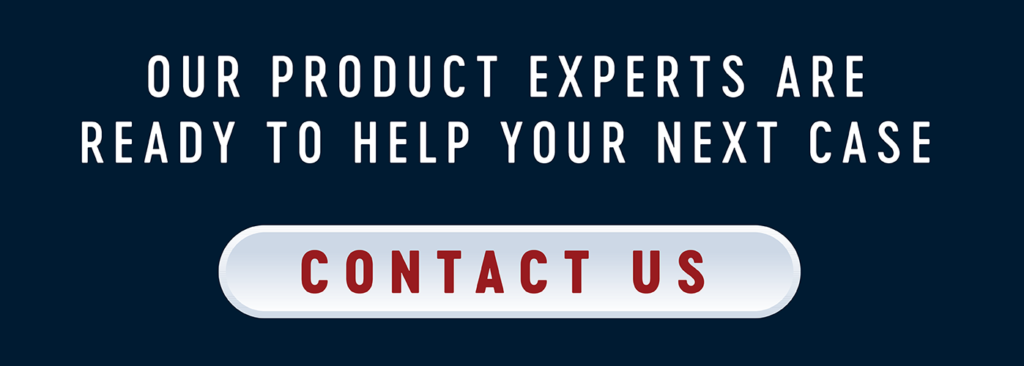What is asset location and how is it a part of tax management within a portfolio?
Sure, everyone’s heard of asset allocation in a portfolio. Asset allocation is simply the risk management of a portfolio and how assets are invested across different types of investments.
Some examples are stocks, bonds, exchange-traded funds (ETFs), and real estate investment trusts (REITs).
What is Asset Location?
Asset location is about the tax management and the tax location of assets inside a portfolio.
Assets can be broken down into three tax buckets:
- Taxable Account: After-tax dollars in, taxed as you go when rebalancing, asset sale, distributions.
Examples: Brokerage account, SMA, savings account - Tax-Deferred Account: Pre-tax dollars in, tax-deferred growth, 100% ordinary income tax distributions.
Examples: 401(k), 403(b), IRA - Tax-Free Account: After-tax dollars in, tax-deferred growth, tax-free distributions.
Examples: Roth IRA, Roth 401(k), cash value life insurance
It’s equally important to know how much money your clients need for retirement and how much of that money they can keep. When you take distributions from a portfolio, the assets and accounts are taxed differently.
Pulling income from different types of accounts can be very advantageous by increasing the after-tax income that’s kept, controlling tax brackets, and maximizing Social Security income.
Properly structured cash value life insurance is a unique asset that fits into the tax-free bucket and has no contribution or income limits like most Roth accounts.
Ideal Client Profile
To utilize asset location for tax management within a portfolio, ideally the client is between ages 25-55.
They should also have a need for life insurance and would prefer to add additional income in retirement, even if retirement is more than 15 years away.
Additionally, the ideal client for asset location may have met contribution limits for other plans, be risk-adverse, and seeks a tax-advantaged solutions. Or at the very least, is concerned about future tax rates and market exposure.
Key Selling Points for Asset Location
- Death benefit protection can offer financial stability during working years
- Cash value grows tax-deferred
- Income can be taken income-tax-free via withdrawals to basis or policy loans
- Asset location can lower the effective tax rate or bracket as distributions aren’t treated as taxable income providing the potential to keep more Social Security income
- Can provide an income source in retirement for years when it’s not an optimal time to sell other asset types like stocks or bonds
- Offers long-term care, chronic illness riders, and accelerated death benefits and can provide access to a pool of money if the client develops a qualifying illness
Asset Location for Tax Management Case Study
Julie, a 40-year-old healthy female, is looking for additional tax-effective strategies to put money away for retirement income. But, she’s maxed out her 401(k) and Roth IRA contributions.
She currently has $250,000 in her 401(k) (contributing $10,000 annually along with a $5,000 match from her employer) and a brokerage account with a $100,000 balance (contributing $20,000/year). Based on this path and assuming she retires at age 65 and earns a 6% gross return, her projected after-tax income is $119,000 per year.
Related: Life Insurance as Part of a Retirement Plan
Life insurance has no contribution limits and can provide unique tax advantages if the policy’s designed as a Non-MEC. Julie decides to keep her current 401(k) but switches future contributions and employer match into a Roth 401(k).
She also chooses to keep her current $100,000 brokerage account but switches all future $20,000-per-year contributions into an index universal life insurance policy designed for the option of tax-free distributions. At the same growth assumptions, Julie’s after-tax income in retirement is now projected to be $149,000 per year. That’s an increase of 25% driven by changing the asset locations.
The death benefit on the life insurance policy will provide a tax-free amount to heirs beyond the cash value. Plus, it’ll and protect her family during her working years.
Client Comments to Watch For
“I want to save more for retirement, but I’ve maxed out the contribution limits in my Roth IRA.”
“I’m worried tax rates will go up. I wish there was a way to receive income without increasing my tax bracket.”
“I don’t want all my retirement income subject to market risk and taxes.”
“It’s been nice to see some of my accounts growing tax-deferred. I’m really worried about how much in taxes will be taken when I need to use that money.”
Right Questions to Ask
“Do you think income tax rates will go down or up?”
“Would you like to discuss how your current accounts will be treated in retirement when or if you take income from them?”
“What if you could relocate some of your assets to provide tax-free income and flexibility to help you time your other distributions to minimize exposure to taxes?”
“Would you like a secondary retirement plan that included protection against premature death and long-term care/chronic illness expenses?
Final Thoughts on Asset Location for Tax Management
The tax management and asset location inside a portfolio can be important considerations to help clients manage their money for retirement planning.
Being able to take income from different account types can be beneficial and offer tax-advantaged solutions. Because of this, life insurance can be a fit for a client’s “tax-free bucket” since it has no contribution or income limits like a Roth account does.
Keep Reading: David McKnight’s Tax-Free Income for Life Book Summary
FOR FINANCIAL PROFESSIONAL USE ONLY.
Not intended for use in solicitation of sales to the public. Not intended as a recommendation of any specific product or strategy for clients or a class of clients. Products offered through Financial Independence Group may not be available in all states.



